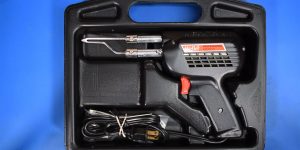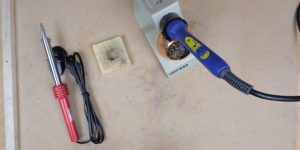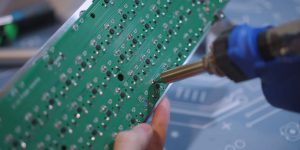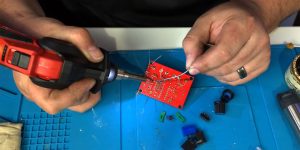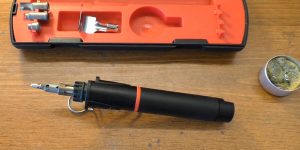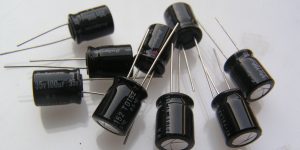Nowadays, you can find a wide variety of fluxes for the electronics soldering process in the market. However, a rosin core solder, which contains a flux core that helps the solder flow smoothly and adheres to the metal surface, is one of the most common type.
Here we speak about a synthetic resin soluble in alcohol or some other solvents. Besides, as for features, a rosin flux is non-corrosive, non-conductive material, which is safe to use on most electronic components. It also prevents formation of dross (oxides, formed on any metal surfaces during heating). They impair the electrical connection and reduce strength of solder joints.
In general, you can find a soldering flux material in both liquid and paste form and it can effectively remove oxide films from metal surfaces.
What are the benefits of using rosin flux?
We can select many benefits of using rosin flux. This type of flux effectively removes oxide films from any metal surfaces, which can cause a poor electrical connection in a circuit. In addition, rosin flux can help to improve the electrical connection between two metal objects. This is because it contains a compound called rosin, which acts as the heat carrier.
Using rosin flux can make the solder flow more evenly and create a stronger, more reliable connection between two metal surfaces. Rosin flux also has a low melting point, so you can remove it easily from solder joints after soldering. It also helps to prevent corrosion and protect metals from other environmental factors.
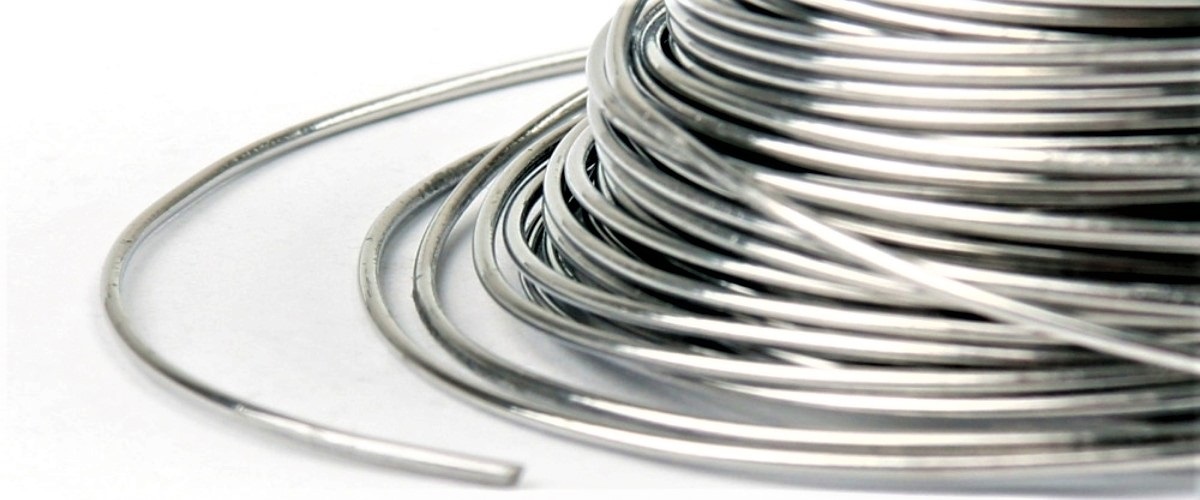
What other types of flux do people use in electronics soldering?
Let’s begin that the two most common flux types in electronics soldering are water-soluble and organic-soluble flux. People use the first one for lead-free solder alloys, while organic-soluble flux is usually used with tin-lead solder alloys. Water-soluble fluxes use a mild detergent to clean the surface of the metal, while organic fluxes use a rosin-based solvent that dissolves in alcohol or other solvents. Some organic fluxes are available as a paste, but the most common is liquid.
There are also temporary and permanent fluxes. Temporary fluxes are designed with the possibility to remove it after the soldering process, while permanent fluxes are designed to remain on the solder joint.
What is the main advantage of using liquid flux over paste flux?
One of the main advantages of using liquid form of flux over paste flux is its ability to coat surfaces better. Furthermore, the liquid nature of liquid flux allows it to flow into tight spots within a circuit board, which can be difficult for paste flux. However, with any flux, it is important to make sure that your surface has been coated with the correct amount of flux. At the same time, too much flux can cause the solder to flow unevenly.
We are supported by our audience. When you purchase through links on our site, we may earn an affiliate commission at no extra cost to you.
Our newsletter
* We will never send you spam or share your email with third parties

